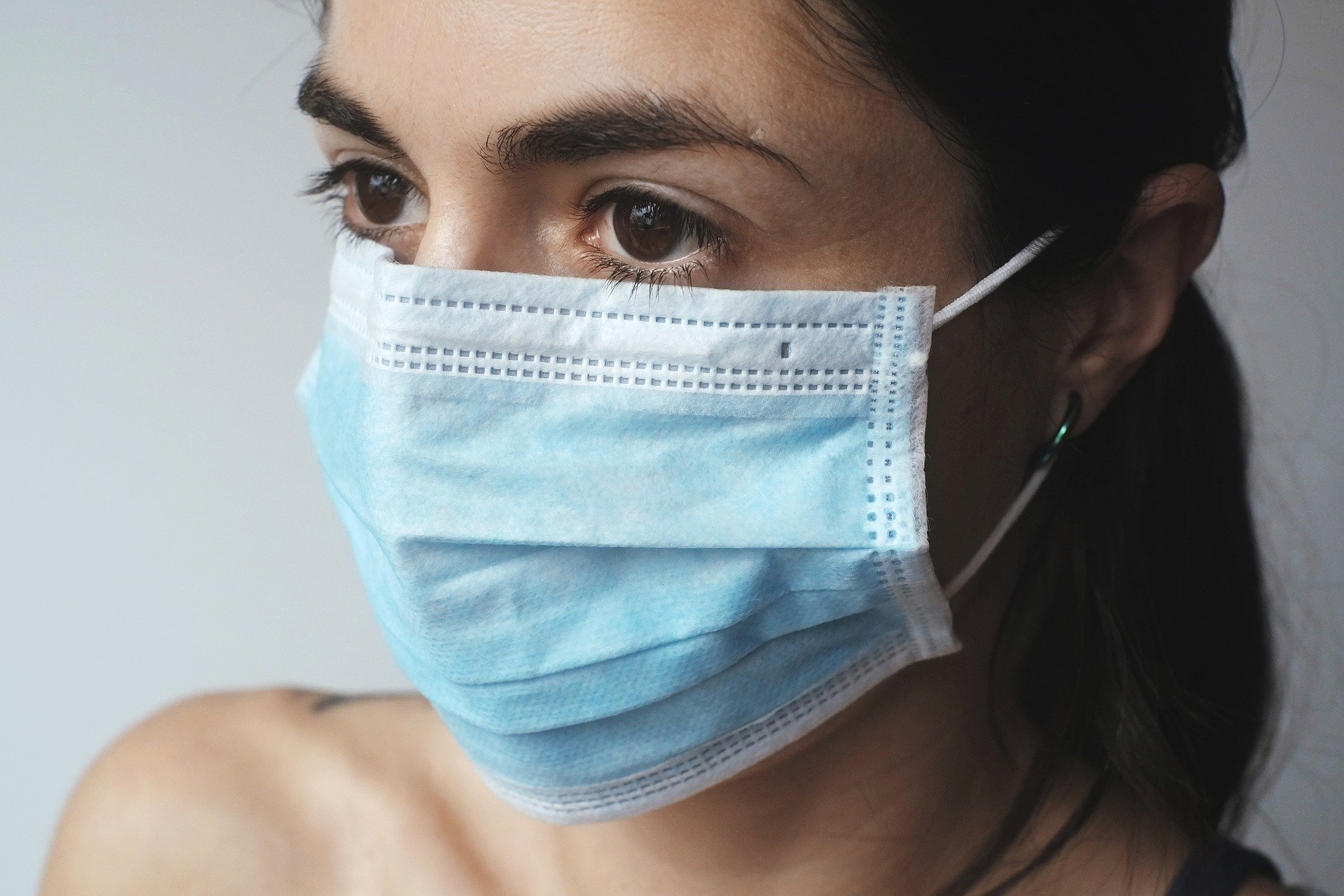Type 2 Diabetes is a serious condition that impacts millions of Americans. According to the Center for Disease Control (CDC) of the 30 million Americans with diabetes, 90-95% of the 30 million Americans with diabetes have Type 2. If your doctor has warned you that your glucose levels are in the prediabetic range, or if Type 2 Diabetes runs in your family, that’s no guarantee you’re destined for the full-blown diagnosis.
With the right interventions, there’s more than an excellent chance that you can avoid the disease in the future.
1. Reduce Sugar Intake (Yes, That Also Means Alcohol)
One of the primary fuel sources for our body is carbohydrates. We need a balance of healthy, complex carbs (whole grains like brown rice, high fiber fruits, and veggies) to maintain a good diet and keep our energy up all day.
Refined sugars, the type found in sweetened soft drinks and packaged baked goods, should always be eaten in moderation. Refined sugar is stored as access fat, which leads to weight gain and may eventually cause insulin resistance. Alcohol (beer, wine, vodka, gin, etc.) while not a refined sugar is a simple carbohydrate. If you are familiar with the term “empty calories”, alcohol is full of them.
In general, here’s a short list of foods to avoid:
- Sweetened candy, soft drinks, desserts, and snacks
- Sweetened breakfast cereals and breakfast bars
- Sweetened condiments (read those labels; ketchup has almost four teaspoons of sugar per ¼ cup)
- Fast food
- Pre-packaged and frozen food
- Beer, wine, and mixers like margarita mix and sweetened tonic water
If you want or need alternatives to the above, consult your doctor or reach out to a nutritional expert like a licensed dietician.
2. Get Preventative Health Screenings
The American Diabetes Association and the CDC recommend glucose screenings for everyone over 45. The CDC also recommends glucose screenings if you:
- Have prediabetes
- Are overweight
- Have a sibling or parent with Type 2 Diabetes
- Are not physically active at least three times per week
- Were ever diagnosed with gestational diabetes during pregnancy or given birth to a baby who weighed 9 pounds or more at birth
- Are any of the following: African American, Hispanic/Latinx American, Native American/Alaska Native; note that per the CDC, some Pacific Islanders and Asian Americans could also be in a higher risk group
The bottom line: while there are certain lifestyles and ethnicities that put you at greater risk, everyone 45 years or older needs to get annual blood sugar screenings.
3. Increase Your Physical Activity
Studies show that physical activity can prevent insulin resistance in prediabetic adults. All children and adults alike must find activities that they enjoy doing to increase your heart rate, build lean muscle, and burn fat. We’re not suggesting that you have to start training for a triathlon or sign up for a CrossFit gym. Also, no, you don’t need six-pack abs to be considered healthy and fit.
The point is: get moving. Any and all kind of movement is good. Do you garden? Great! That’s considered a form of mild exercise. How about walking your dog, or doing your errands by foot?
Here are some other forms of activities that keep your weight down, your heart rate up, and reduce your chances of becoming a Type 2 diabetic.
- Brisk walking for 30 minutes outside or on a treadmill
- Biking for 20-30 minutes on a stationary or regular bike
- Low-resistance exercise classes like Pilates, water aerobics, or yoga
- Organized sports (kickball, softball, basketball, or soccer)
- Lifting weights
Even if you start out with just one or two sessions a week, remember that a little is always better than nothing.
One last thing: everyone misses a day at the gym or has to skip their circuit training class because of a conflict every once in a while. Don’t beat yourself up. That’s why you have a structure, so you pick right back up where you left off.
4. Increase Fiber Intake
Not only do Americans not get enough exercise, we also don’t get nearly enough fiber in our diets. High-fiber, complex carbohydrates release glucose slowly as we digest, which helps you feel full for longer. Because those same foods don’t blast the system with glucose (like simple sugars do), high-fiber foods also reduce the likelihood that you will become insulin resistant.
The Institute of Medicine recommends that women get 25 grams of soluble fiber per day and that men get 38. If you start to read the grams of fiber per serving in what you’re eating right now, it’s likely you’re not even close. In fact, low-carb fad diets (more on those below) have deprived many Americans of the complex carbs we should be eating to get our recommended daily fiber intake.
For example, one slice of whole-wheat or multigrain bread has around 3 grams of fiber. Legumes like black beans and garbanzo beans are a must, with a whopping 11-15 grams of fiber per cup.
Challenge yourself to include at least one serving of high-fiber food in every meal and start tracking it. Use this chart as an easy reference to get started.
Foods Naturally High in Fiber
| Food | Serving Amount | Grams of Fiber per Serving |
| Apple | One, Medium | 4.4g |
| Carrots | 1 cup | 3.6g |
| Broccoli | 1 cup | 2.4g |
| Brussels Sprouts | 1 cup | 4g |
| Black Beans | 1 cup | 15g |
| Almonds | 1 oz. | 3.4g |
5. Skip the Fad Diets and Embrace a New Lifestyle
Dieting is an acceptable method to accomplish short-term weight loss. So, let’s say you went away for a few days and dined out on the town the whole time. A low-carb or restrictive diet for a week or two could help you drop the handful of pounds you gained while you were having fun. The only occasions anyone should engage in a faddish diet are under those very types of circumstances, to shed a few pounds after a little bit of indulging over the holidays, on vacation, or after a couple of successive cheat days. There’s no shame in celebrating a special occasion every once in a while.
Maintaining a healthy weight is a lifestyle. Reducing your overall calorie intake, cutting down on portion sizes, upping your fiber content, teaching yourself about healthy carbs, increasing your activity, and avoiding sugary foods will eventually result in a healthy weight.
The point of healthy living isn’t being thin. A healthy lifestyle not only helps prevent diabetes, but is also one of the best overall strategies to prevent other dangerous, chronic health issues like high blood pressure, heart disease, kidney disease, high cholesterol, and chronic pain.
Sometimes, taking that first step is the hardest, and you may need tools, coaching, and technology to help with that. We leverage available technologies and science-based insights to make disease prevention convenient, attainable, and automated. Learn more about how we can help you today.




